Readers of Sacred Windows may recall a previous newsletter in which I marveled at the amazing grace of the Order of St. Benedict. Their extraordinary monastic libraries dotting the landscape of Europe symbolize the ancient order’s contributions to the world’s learning and culture, and many right-thinking historians credit them, literally, with preserving Western civilization after the fall of the Roman Empire.
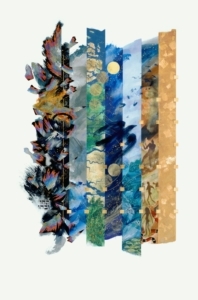
Well, they’ve done it again. This time out of a Benedictine monastery in Minnesota!
It’s not that they’ve saved Western civilization again (although we may be calling on their services very soon) but rather that they’ve opened up a sacred window of holiness and truth for our civilization – not to mention a fountain of ravishing beauty – the likes of which has not been produced since the invention of the printing press.
It’s known as The Saint John’s Bible , and it is “The first hand-written, hand-illuminated monumental Bible to be commissioned by a Benedictine monastery in 500 years.” That is not a pious boast. It’s a fact. Newsweek called it, simply, “America’s Book of Kells.”
(For image titles, creators and credits, see list at the very end of this article. NOTE ALSO: to see a stunning array of crystal clear images, even better than those that appear in this article, click on the “Heritage Edition Reproductions” Button at the end of this article.)
The “Genesis” of the Work
(Pun intended.) In 1995 Fr. Eric Hollas, OSB, collaborated with the famous calligrapher, Donald Jackson, on a seminar in Chicago, and over lunch, Mr. Jackson aired his great ambition: to create a “handwritten, illuminated, monumental Bible.” Mr. Jackson had nurtured this desire in his heart since he was a boy. He further noted that hand-printing the whole Bible “is the calligraphic artist’s supreme challenge (our Sistine Chapel), a daunting task.”
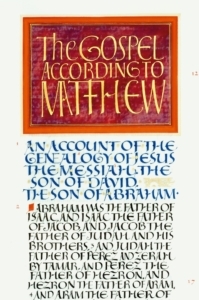
Not too shabby a project, right? But then again, the monks of Saint John’s Abbey in central Minnesota are Benedictines after all. They have a history of monumental tasks, and this Bible takes its name from the community that sponsored its creation. (In fact, if you know a little pro-life history, you might remember that Fr. Paul Marx, founder of Human Life International, was a member of this community.)
To carry off a project of this magnitude, they had to marshal the collective talents of 23 artists and support staff, a dozen theologians, 150 monks, and over 1,400 donors to the effort.
In essence, The Saint John’s Bible is a project that would have made St. Benedict proud. It fits squarely into the modus operandi of the order: bringing together a community of talent, great learning, resources, and the stability of a monastic environment to create and preserve the best of what has been handed on to us.
Including the planning stages, the whole project of sacred illumination took fifteen years of arduous labor to complete (from 1996 to 2011), and perfectly expressed St. Benedict’s motto: Ora et Labora (Pray and Work).
When presented with a copy of this Bible, Pope Benedict XVI himself remarked with wonder: “This is a work of art … a beautiful work of art … a work for eternity.” Indeed it is. Let’s look at the prime mover of this project.
The Calligrapher
Mr. Jackson, a Welshman, was the primary calligrapher and artistic director of the project. He is perhaps the most accomplished calligrapher of our age: a former Senior Scribe to Her Majesty, Queen Elizabeth II; past Chairman of the Society of Scribes and Illuminators (UK), and Master of the Guild of Scriveners of the city of London, a professional society that has been in existence since the late Middle Ages.
From his scriptorium in Monmouth, Wales, he worked with a team of five other calligraphers and more than a dozen other artists and support staff who hand-lettered and illuminated (illustrated) the pages. Jackson’s deep-seated artistic gift, applied to this amazing work, is the fulfillment of a dream: the Benedictines gave him a chance to realize his life’s great ambition, and the result is spectacular, as we will see below.
A Few Fun Facts about The Saint John’s Bible
- The Bible is divided into seven distinct volumes with each page measuring 15 7/8 “ wide x 24 1/2” high.
- It contains 1127 handlettered pages, which are made of vellum, namely, specially prepared calfskin pages (not paper – although the reproductions are made of a type of paper that approximates the vellum.)
- It incorporates images from the Hubble Telescope and drawings of different types of modern technology.
- The art in the margins are primarily local flora and fauna designed to geographically place the Bible in central North America.
- The images of buildings in the manuscript reflect structures on Saint John’s campus. Like its medieval counterparts, these elements tie The Saint John’s Bible to a place and community.
- And my favorite detail: the calligraphy quills that the writers used to create the script were made from goose, turkey, and swan feathers!
The Process and Timeline
When Saint John’s Abbey decided to sponsor the project, they first established the Committee on Illumination and Text (CIT), which chose the New Revised 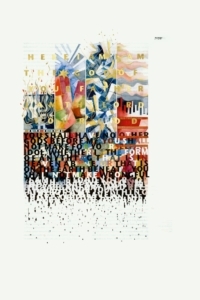 Standard Version of the Bible as the basic text to be written and illuminated. The NRSV is a translation accepted by Catholics, Protestants, and Orthodox alike. Thus, this Bible is entirely in English, not Latin as the Book of Kells or Greek as the ancient Codex Sinaiticus (although there are many Hebrew, Greek, Aramaic, and even Arabic letters incorporated into the imagery.)
Standard Version of the Bible as the basic text to be written and illuminated. The NRSV is a translation accepted by Catholics, Protestants, and Orthodox alike. Thus, this Bible is entirely in English, not Latin as the Book of Kells or Greek as the ancient Codex Sinaiticus (although there are many Hebrew, Greek, Aramaic, and even Arabic letters incorporated into the imagery.)
During the long process, the committee debated about which passages to illuminate and then gave direction and feedback to Mr. Jackson’s artistic team in Wales as they created the pages. Bridging the gap between the committee in Minnesota and the artists in Wales, however, was easier said than done.
In the early 2000s, email and the Internet hadn’t yet been refined enough to be able to send huge graphic files efficiently across the ocean in cyberspace. In fact, at one point they crashed the university’s email system with the size of their files! So they sent color versions of the manuscript designs by fax machine for a while. (What would St. Benedict think of that?)
But they persevered, of course, and the two teams on either side of the Atlantic delivered this gift to the world in amazing time for a project of this magnitude.
On Ash Wednesday of 2000, Donald Jackson crafted the first words of The Saint John’s Bible: “In the beginning was the Word, and the Word was with God, the Word was God…” (John 1:1). From there the various segments of the project were completed in the following order:
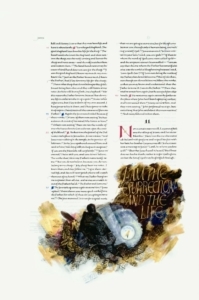 2002 –Gospels and Acts of the Apostles.
2002 –Gospels and Acts of the Apostles.
2003 – The Pentateuch (first five books of the Old Testament).
2004 – The Psalms.
2005 – The Prophets.
2006 – The Wisdom Books.
2010 – Historical Books.
2011 – Letters and Revelation.
Donald Jackson calligraphed the final word of the entire manuscript on May 9th, 2011. One month later, Abbot John Klassen and University President, Fr. Koopman consecrated the work to God on the main altar of Saint John’s Abbey Chapel bringing more than a dozen years of planning and artistic creation to completion – for the greater glory of God.
The purpose of the whole project? Simple. Fr. Michael Patella, who chaired the CIT, said “I hope that people are drawn to the faith because of it. Beauty is a way of proclaiming the gospel too.”
I couldn’t agree more about the evangelistic power of beauty, especially when that beauty is combined with the Truth of God’s Word. In The Saint John’s Bible, the Benedictines, once again, have given a unique and precious gift to the world.
And the Word Was Made Flesh
As we make our way through the final days of Advent, we are beginning to see the Light at the end of the tunnel, “the true light that shines on every man” (John 1:9). Soon we will celebrate the feast of the Word made Flesh who came to dwell among us – the greatest Gift God has ever given to the world! Let the pages of The Saint John’s Bible take you there.
(Click on images to enlarge)
Explore The Saint John’s Bible
You can literally view every one of the 1127 pages of The Saint John’s Bible on their website if you wish. I can assure you that it’s well worth the time to view this masterpiece online. Click on titles of individual books and then on the right or left edge of the image to turn the pages like a book:
The clearest images of the artwork and artistry of The Saint John’s Bible can be found on this page, which details the amazing exact reproductions of this blessed work of grace. They are called the…
Watch a Fabulous Short Documentary (duration, 3:56)
“A commissioning like this has not been made since the Sistine Chapel.”
———-
[Note: This article is a reproduction of the Sacred Windows Email Newsletter of 12/18/22, so it does not end with the regular Soul Work section. Please visit our Newsletter Archives.]
Image Credits:
I am greatly indebted to Mr. Tim Ternes, Director, The Saint John’s Bible, at the Hill Museum & Manuscript Library, Saint John’s University, Collegeville, Minnesota, for his provision of all the images and for his amazing help on the details of this article.
Creation, Donald Jackson with contributions from Chris Tomlin, © 2003, The Saint John’s Bible, Saint John’s University, Collegeville, Minnesota. Scripture quotations are from the New Revised Standard Version of the Bible, Catholic Edition, © 1993, 1989 National Council of the Churches of Christ in the United States of America. Used by permission. All rights reserved.
Opening to the Gospel of Matthew (detail), Donald Jackson, Scribe, ©2002 The Saint John’s Bible, Saint John’s University, Collegeville, Minnesota, USA. Scripture quotations are from the New Revised Standard Version of the Bible, Catholic Edition, © 1993, 1989 National Council of the Churches of Christ in the United States of America. Used by permission. All rights reserved.
Donald Jackson holding quill pens. Jonathunder, GFDL 1.2 via Wikimedia Commons
Ten Commandments, Thomas Ingmire, ©2003 The Saint John’s Bible, Saint John’s University, Collegeville, Minnesota. Scripture quotations are from the New Revised Standard Version of the Bible, Catholic Edition, © 1993, 1989 National Council of the Churches of Christ in the United States of America. Used by permission. All rights reserved.
Raising of Lazarus, Donald Jackson, ©2002, The Saint John’s Bible, Saint John’s University, Collegeville, Minnesota. Scripture quotations are from the New Revised Standard Version of the Bible, Catholic Edition, © 1993, 1989 National Council of the Churches of Christ in the United States of America. Used by permission. All rights reserved.
Suffering Servant, Donald Jackson, © 2005, The Saint John’s Bible, Saint John’s University, Collegeville, Minnesota. Scripture quotations are from the New Revised Standard Version of the Bible, Catholic Edition, © 1993, 1989 National Council of the Churches of Christ in the United States of America. Used by permission. All rights reserved.
Transfiguration, Donald Jackson and Aidan Hart, © 2002 The Saint John’s Bible, Saint John’s University, Collegeville, Minnesota, USA. Scripture quotations are from the New Revised Standard Version of the Bible, Catholic Edition, © 1993, 1989 National Council of the Churches of Christ in the United States of America. Used by permission. All rights reserved.
Valley of the Dry Bones (detail), Donald Jackson, © 2005, The Saint John’s Bible, Saint John’s University, Collegeville, Minnesota. Scripture quotations are from the New Revised Standard Version of the Bible, Catholic Edition, © 1993, 1989 National Council of the Churches of Christ in the United States of America. Used by permission. All rights reserved.
Elisha and the Six Miracles, Donald Jackson in collaboration with Aidan Hart, © 2010, The Saint John’s Bible, Saint John’s University, Collegeville, Minnesota, USA. Scripture quotations are from the New Revised Standard Version of the Bible, Catholic Edition, © 1993, 1989 National Council of the Churches of Christ in the United States of America. Used by permission. All rights reserved.
Birth of Christ, Luke Frontispiece and Incipit, Donald Jackson, © 2002, The Saint John’s Bible, Saint John’s University, Collegeville, Minnesota, USA. Scripture quotations are from the New Revised Standard Version of the Bible, Catholic Edition, © 1993, 1989 National Council of the Churches of Christ in the United States of America. Used by permission. All rights reserved.
Road to Emmaus, Donald Jackson, © 2002 The Saint John’s Bible, Saint John’s University, Collegeville, Minnesota, USA. Scripture quotations are from the New Revised Standard Version of the Bible, Catholic Edition, © 1993, 1989 National Council of the Churches of Christ in the United States of America. Used by permission. All rights reserved.
Fulfillment of Creation, Thomas Ingmire, © 2011. The Saint John’s Bible, Saint John’s University, Collegeville, Minnesota, USA. Scripture quotations are from the New Revised Standard Version of the Bible, Catholic Edition, © 1993, 1989 National Council of the Churches of Christ in the United States of America. Used by permission. All rights reserved.

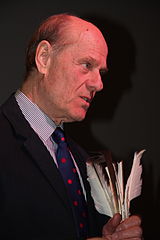
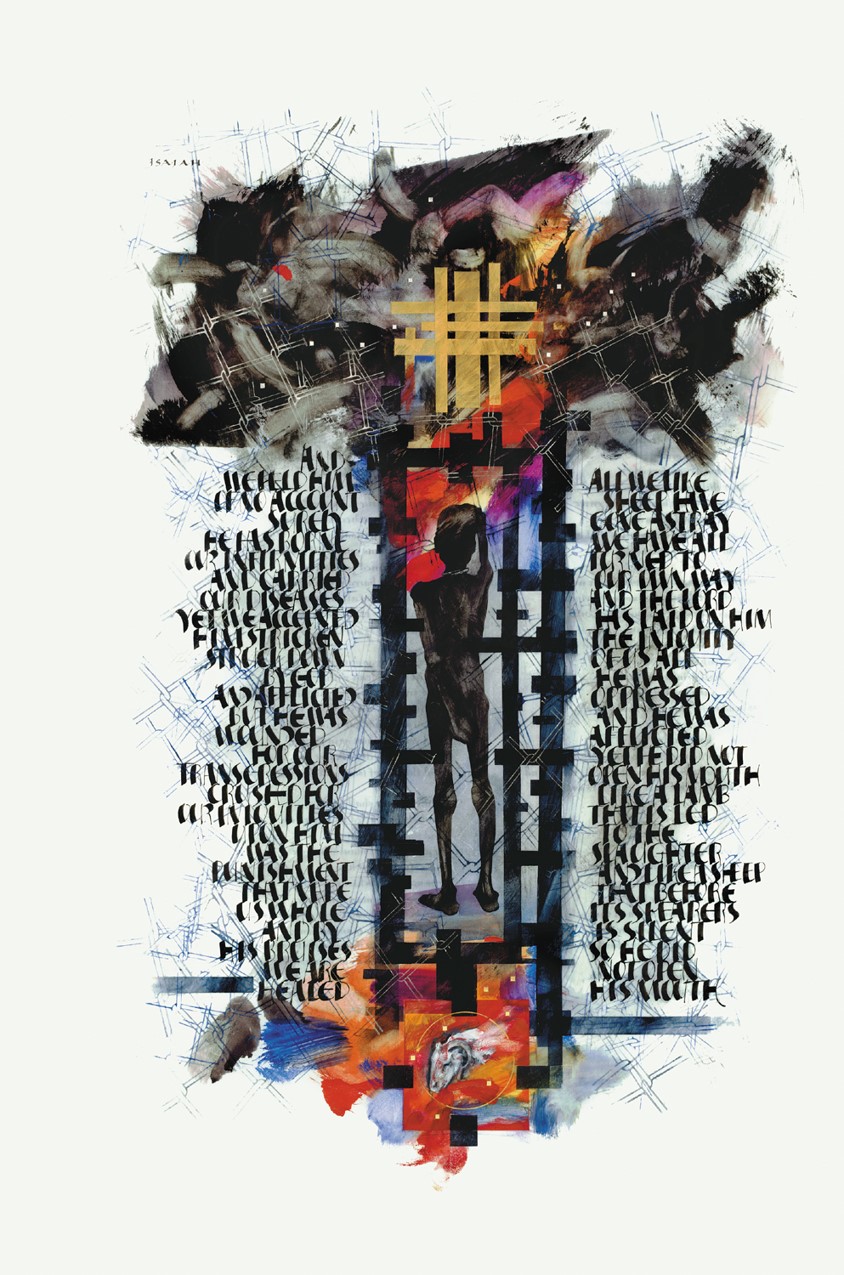
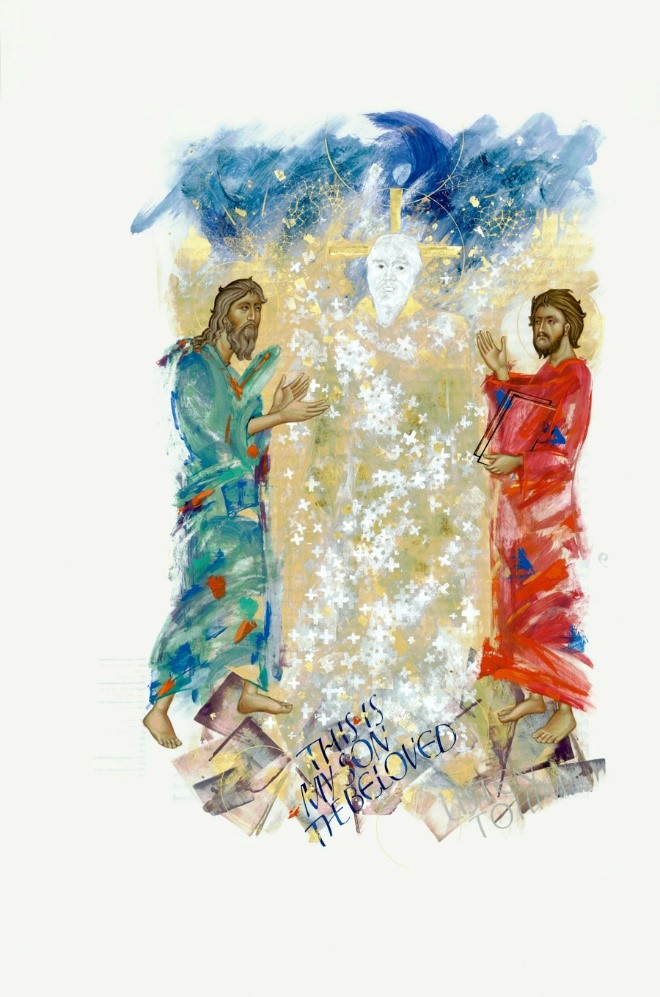
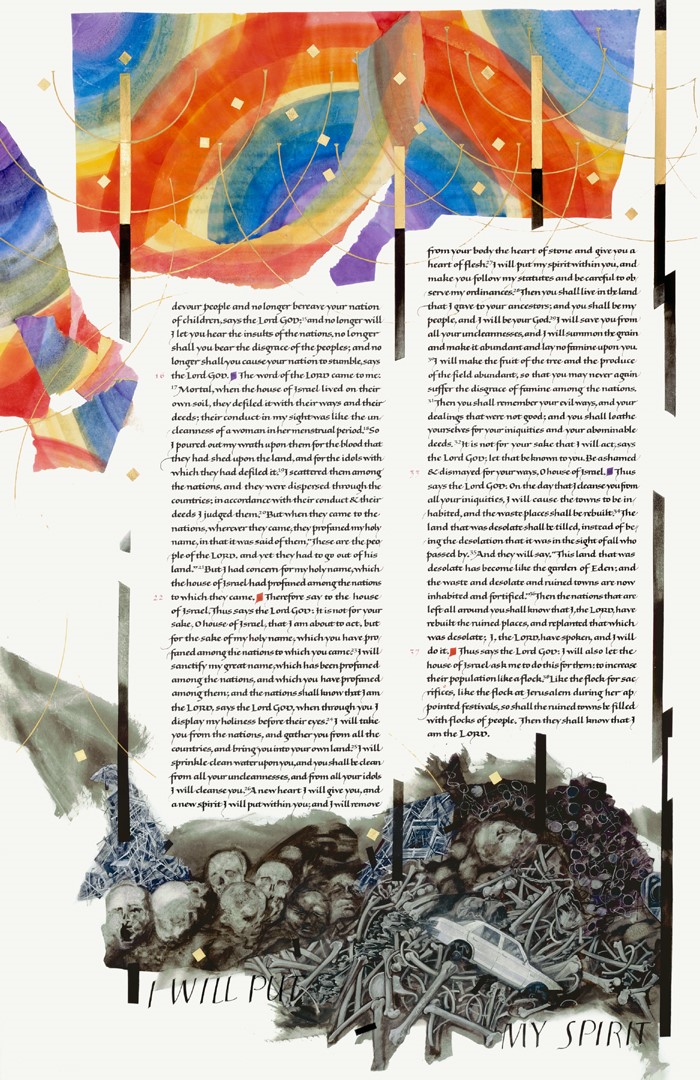


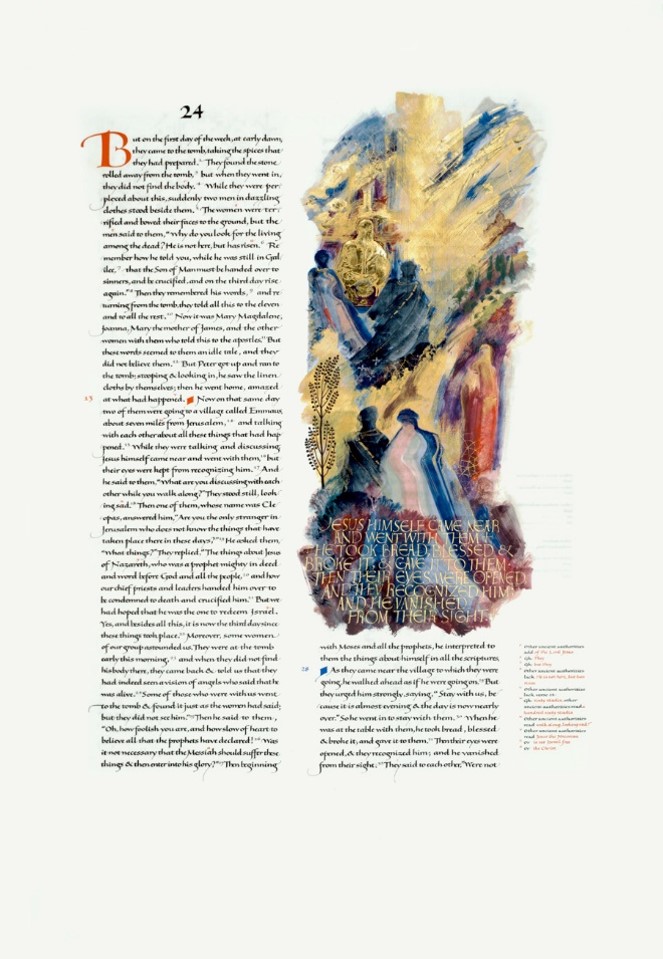
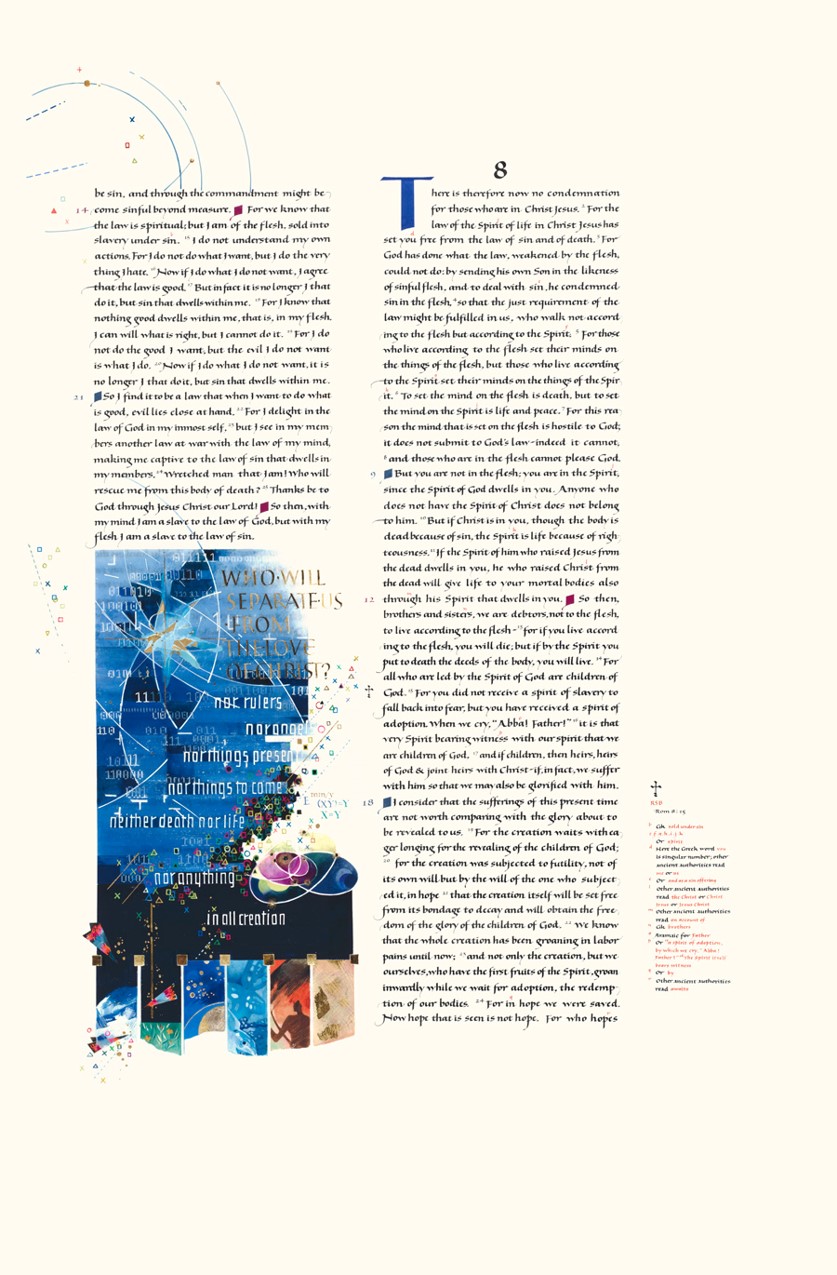
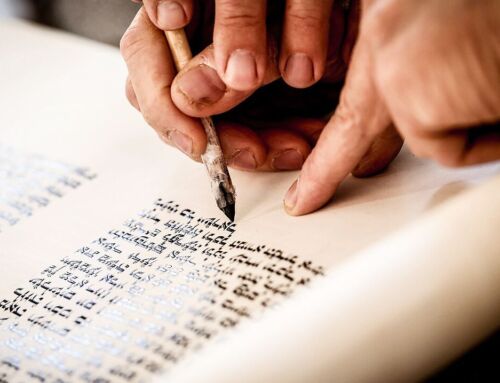
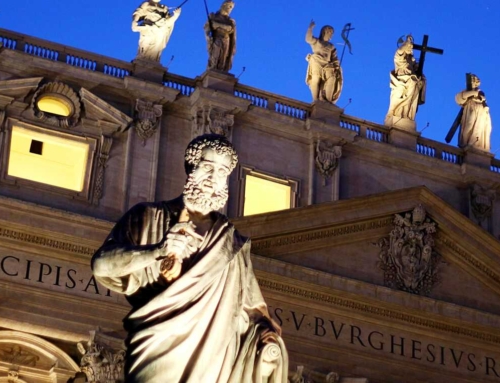
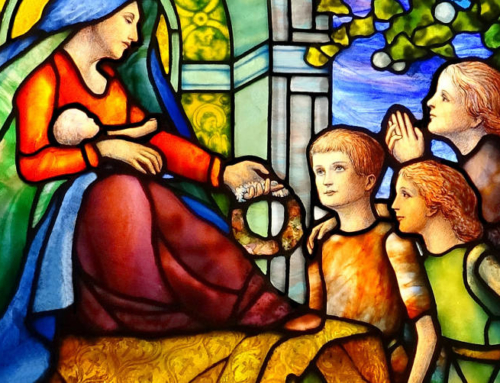
Leave A Comment